|
Introduction

Epidermis

Cortex

Leaves

Spines

Poisons

Wood

Root Succulence

Apical Meristems

Cephalia

Flowers

Travel

Published papers
| |
Modifications to Cactus
Epidermis
Several initial steps in the evolution of cacti to being stem-photosynthetic,
stem-succulent plants involved the epidermis.
The epidermis is persistent.
In most plants, epidermis is an ephemeral tissue that
functions for only a few months. This is obviously true of epidermis on leaves
that live only from spring until autumn; it is true as well as the stem
epidermis of annual plants: no epidermis cell of Arabidopsis thaliana,
for example, lives longer than a month and a half or so. And even the stems of
perennial plants typically replace their epidermis with bark in either the first
or second year of life. But in cacti the epidermis is a long-lived persistent
tissue: as long as a cactus stem is green, it still has its epidermis.
All
cactus bark is tan-color or dark, so it is easy to tell when the shoot loses its
epidermis. Giant columnar cacti and huge barrel cacti live for many decades,
perhaps even for hundreds of years (plant longevity is an area that needs
study), with at most a bit of bark on their lowermost, oldest regions.
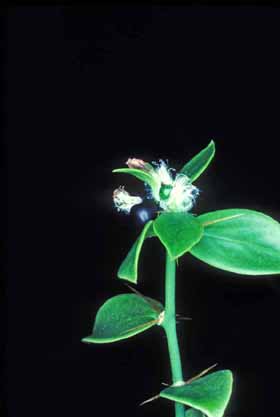 |
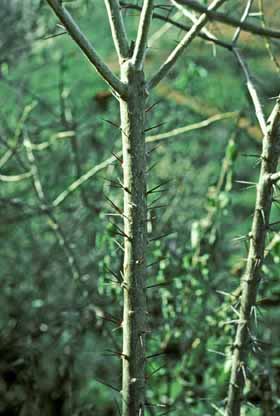 |
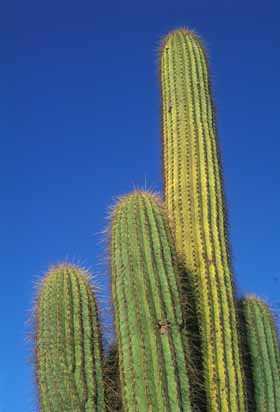 |
|
The stem of
this Pereskia
diaz-romeroana
(a cactus) is green because it is young and still has its epidermis; bark
has not yet formed. Notice the leaves on this cactus.
Click on any photo
for a larger image. |
The stem of this
Pereskia guamacho
is tan colored because it has already formed bark; unlike most cacti, the
epidermis is not persistent in pereskias. Without epidermis, light cannot
penetrate well, and of course there are no stomata so absorption of carbon
dioxide is almost impossible.
|
These stems of Trichocereus
terscheckii are still green despite being decades old: the green color
indicates they still have their epidermis.
|
| |
|
|
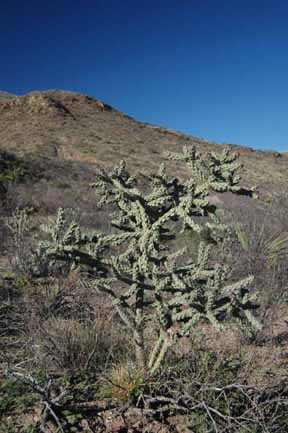 |
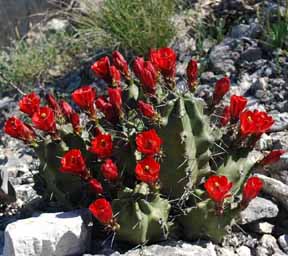 |
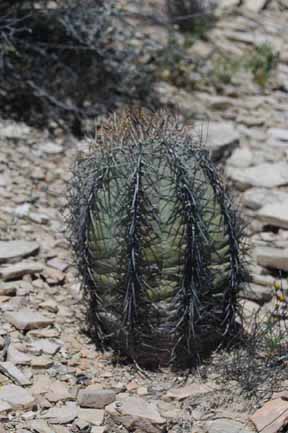 |
|
Chollas like this
Cylindropuntia imbricata live for many years, retaining their epidermis.
Only the very base of the trunk will have bark. |
The base of this stem of Echinocereus coccineus is many years old and
has old persistent epidermis but the flower petals -- and their epidermis --
are ephemeral. The petals and the petal epidermis need to function only
briefly. |
Although
short, this Echinocactus horizonthalonius is very old; its epidermis
cells have had to maintain their water-proof nature for years. Do they
synthesize new cutin and wax every year? |
Converting epidermis from an ephemeral to a persistent tissue
must have involved many substantial changes, certainly more than merely
postponing programmed cell death or delaying bark formation. In all cacti, shoot
bark is produced by a cork cambium that arises by reactivation of shoot
epidermis cells themselves: after decades or centuries of prolonged cell cycle
arrest, cactus shoot epidermis cells can be directed to become mitotically
active. After prolonged functioning as epidermis cells, they begin to divide
with periclinal walls, with the exterior cell of each division differentiating
as either a cork cell or a sclereid (most cactus bark consists of alternating
thick bands of cork cells and thin bands of sclereids). In a few species, there
is even a production of phelloderm to the inner side of the cork cambium. The
ability of epidermis cells to function mitotically indicates a variety of
remarkable things that could easily be overlooked: their DNA has survived
decades of exposure to intense UV irradiation coming through clear desert skies,
and all their organelles are healthy and functional. It is also remarkable that
epidermis cell protoplasts survive for such a long time while being separated
from extraordinarily dry desert air by only a few micrometers of cutinized wall.
Another aspect of the evolutionary conversion of epidermis
into a persistent tissue almost certainly altered epidermis development. In an
ephemeral epidermis, for example that of a leaf or flower petal, the cuticle and
waxes produced while the organ is young are sufficient to control water movement
for the rest of the life of the organ. But in a long-lived cactus shoot
epidermis, the waxes and cuticle produced while the epidermis cells are young
and still near the shoot apex probably become weathered away after a year or two
and need to be replaced. This is another area that needs research, but it would
seem as if cactus shoot epidermis cells must be in a state of “prolonged
development,” needing to synthesize cutin and waxes even during the many years
they are functionally mature.
The stem's epidermis has
stomata.
An obvious feature that the persistent epidermis of a
stem-photosynthetic, leafless succulent must have is stomata. Although stem
epidermis in many species do have stomata, Urs Eggli in Zurich discovered that
stems
of the early cacti may have lacked stomata in their epidermis: plants of Pereskia almost completely
lack stomata in their stem epidermis (Pereskia is the cactus genus whose
members – rather ordinary woody, leafy trees – retain the greatest number of
relictual features). Maurizio Sajeva, however, found that in contrast to
Pereskia, the stems of all ordinary cacti (that is, the members of
subfamilies Cactoideae and Opuntioideae – the cacti that look obviously like
cacti) do have stomata and at densities almost as high as in the lower epidermis
of Pereskia leaves. If the early evolution of cacti involved obtaining
the ability to produce stomata where they had not occurred before, that may have
been a type of homeotic evolution: mutations in the promoter regions of stomatal
complex morphogenesis genes could have allowed those genes to be activated in
stem epidermis as well as in leaf epidermis. Stem epidermis could have more or
less instantaneously obtained not only the ability to produce guard cells and
subsidiary cells but also the morphogenetic metabolism necessary to control
their density and spacing relative to each other.
Mauseth, J. D.
1998. Ontogenetic mechanisms and the evolution of Cactaceae. in: Proceedings of
the IV Congreso Latinoamericano de Botánica. Editors: R. Fortunato and N.
Bacigalupo. Missouri Botanical Garden Press. pp. 355 – 362.
Terrazas
Salgado, T, and J. D. Mauseth. 2002. Chapter 2. Shoot anatomy and morphology. in
Cacti: biology and uses. (pp 23-40) Edited by P. S. Nobel. University of
California Press.
Mauseth, J. D.
2004. Cacti and other succulents: stem anatomy of “other succulents” has little
in common with that of cacti. Bradleya 22: 131-140.
Mauseth, J. D.
in press. Blossfeldia lacks cortical bundles and persistent epidermis; is
it basal within Cactoideae? Accepted by Bradleya.
Mauseth, J. D.
2004. The structure of photosynthetic, succulent stems in plants other than
cacti. The International
Journal of Plant Sciences 165: 1-9.
Mauseth, J. D. 2000.
Enfoques anatómicos para el estudio de la biodiversidad: La diversificación de
las Cactaceae. In Enfoques contemporáneos para el estudio de la
biodiversidad. Eds. H. J Hernández, A. N. García Aldrete, F. Álvarez and M.
Ulloa. Instituto de Biología, UNAM, México, México.
Mauseth, J. D.
1995. Ontogenetic mechanisms and the evolution of Cactaceae. Giornale Botanico
Italiano 129: 429 – 435.
[End of Epidermis page]
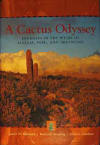
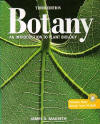
|
